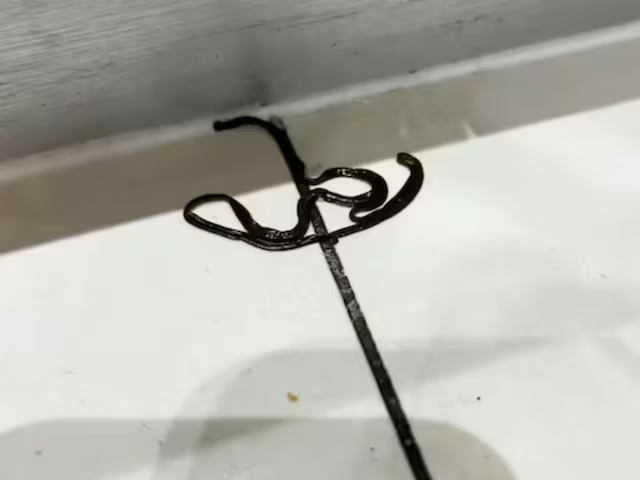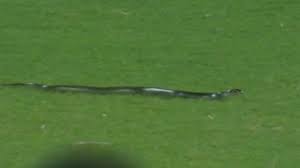Woman Looks Online for Help in Identifying a Black, Slimy Object She Found in Her Kitchen
Finding strange artifacts in your house may be quite unnerving. When a lady found a dark, mysterious item in her kitchen, she became terrified. She was concerned about the slimy-looking thing, even though at first she assumed it was just a string. She was startled to discover, upon closer examination, that it resembled a worm more. She asked others on social media what they believed it was, and when she saw the responses, she was appalled.

The Australian lady posted on Facebook, asking, “Anyone got any ideas what on earth this could be?” It seemed like a string at first, then like a black baby banana thread. “Now that I’m worried, it’s a worm,” she said. I haven’t attempted to touch it yet. Others attempted to assist the lady and speculate on the situation in the comments, according to MailOnline.
Someone said that if she had a pet that “brought it in with its fur,” it may be a “slug.” Someone else suggested that it may be a “leech.” “It looks like a wet thread, it won’t hurt if you poke it or touch it with anything,” another commenter said. “If you live in Queensland, it could be a slowworm, they’re harmless but they still scare you,” a different social media user said. Most told her there was nothing to worry about, concluding that it was only a flatworm.
Although there are a few native species of flatworms in the UK, according to Bug Life, the most prevalent ones are small—no more than 3 cm—and plainly black or grey. In contrast to Australian flatworms, one local species, Microplana keenfi, is pink or yellow in color and has a cylindrical body. Because they “eat earthworms, snails, and other soil organisms,” non-native species might be problematic, according to the Royal Horticultural Society. “They can severely reduce populations of some earthworm species and thus affect the soil ecosystem,” the scientists caution. The statement also said that it is illegal to import or release any non-native flatworms into the wild, according to Schedule 9 of the Wildlife and Countryside Act of 1981.
Prior to placing a newly acquired plant in the garden, the Royal Horticultural Society advised inspecting it for flatworms, stating that these pests “like damp places and often hide at the bottom of plant pots, between the root ball and the inside of the pots.” Checking “under loose turf, plastic or other sheeting, rocks, flat stones, and plant containers” was advised for gardeners.







